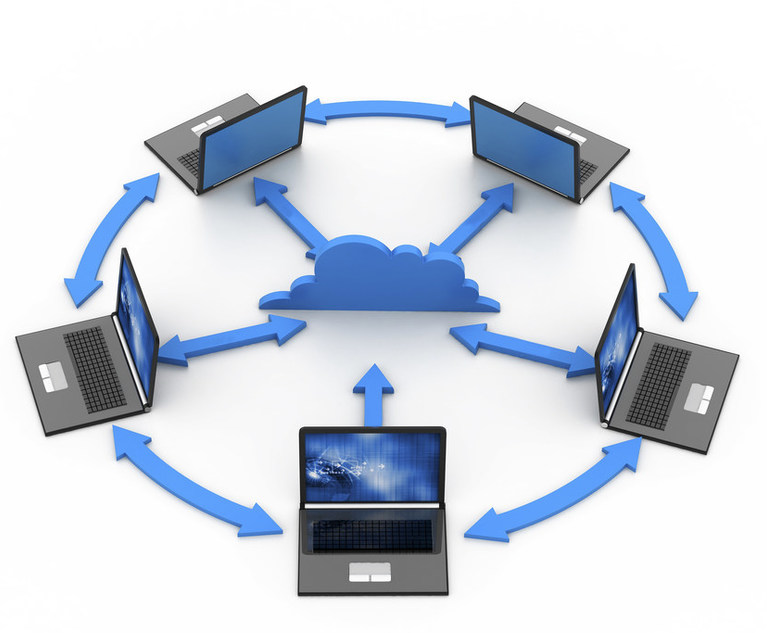One of the few upsides of COVID for IT departments within law firms has been that it accelerated attorney decision-makers’ willingness to invest in technology that will enable their litigation practices not only to survive but also thrive and adapt to the changing work environments that law firms now need to support. Firms that have traditionally relied on manual processes propped up by in-office collaboration have felt the pain more than firms that had adopted workflow-based collaboration solutions prior to the pandemic. Regardless of where each law firm currently stands in its innovation journey, it is crystal clear that the need to speed up the modernization of their technology solutions that facilitate connectivity, automation and workflow between their staff is real and immediate.
In pre-pandemic days, it was generally easier for attorneys to manage their cases and workflows with their own unique processes. While technology to do things more effectively was available, most attorneys were happy to continue conducting litigation the old way and managing it manually through emails and spreadsheets unless a client or specific case demanded something more of them. For this reason, upper management at law firms often regulated the pace at which new litigation workflow technologies were adopted and deployed. Whether a new and promising solution was purchased during this budget year or simply deferred to the next budget year was often a matter of convenience, preference and appetite for spending budget dollars. Little thought was given to timing, unless adoption of a solution was driven by immediate client demand.









